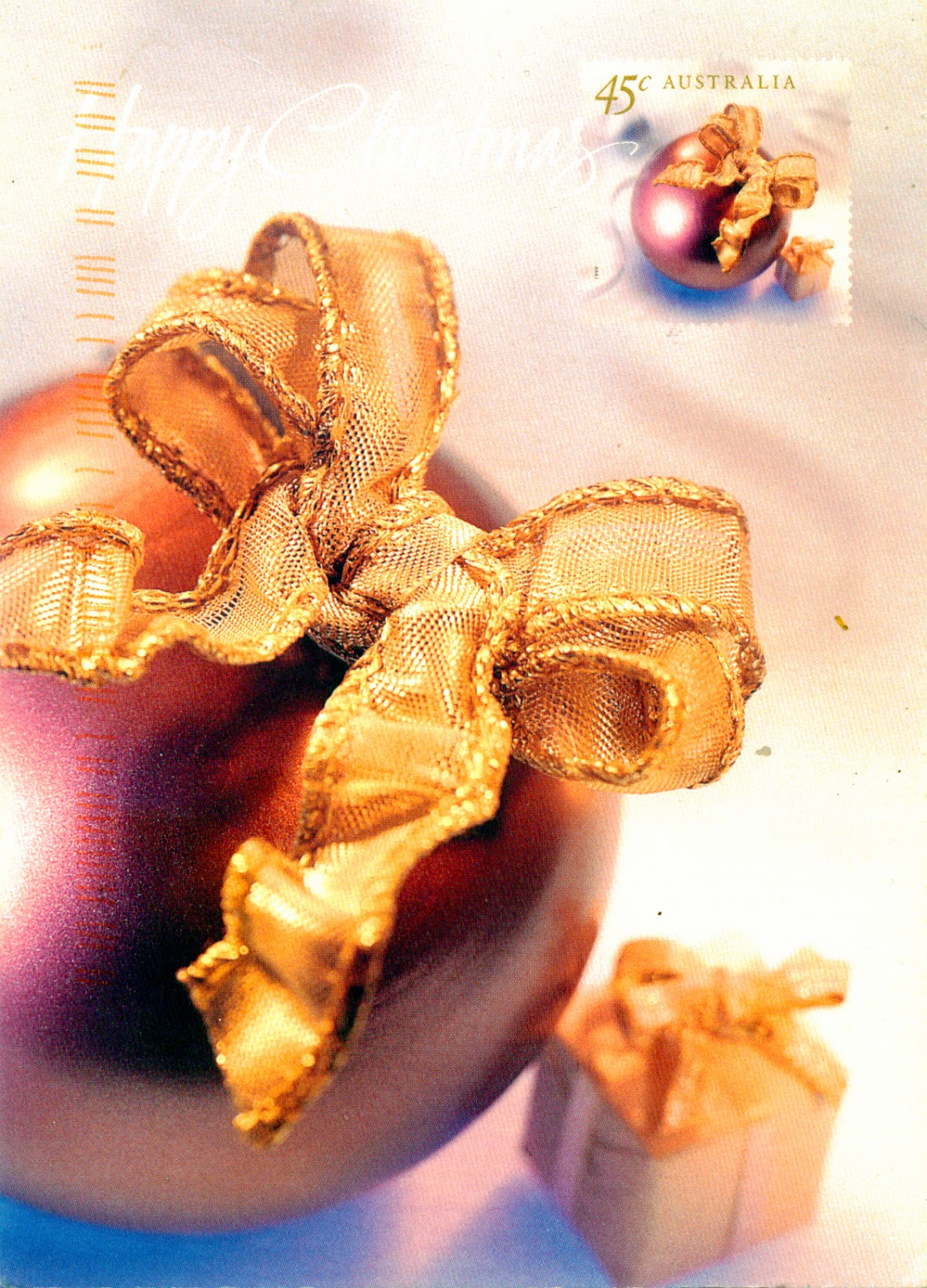The custom of the Christmas tree developed in modern Germany (with predecessors that can be traced to the 16th century), from where it spread to Europe in the 19th century, and after WWI in many other countries worldwide. It's frequently traced to the symbolism of evergreen trees in pre-Christian winter rites. The tree was traditionally decorated with edibles such as apples (symbolizing the fruit of the tree of knowledge of good and evil), nuts, and later candies, and in the 18th century it began to be illuminated by candles, now replaced by Christmas lights. In the modern era apples and nuts were replaced by baubles, small hollow glass or plastic spheres coated with a thin metallic layer to make them reflective.
Read more »

